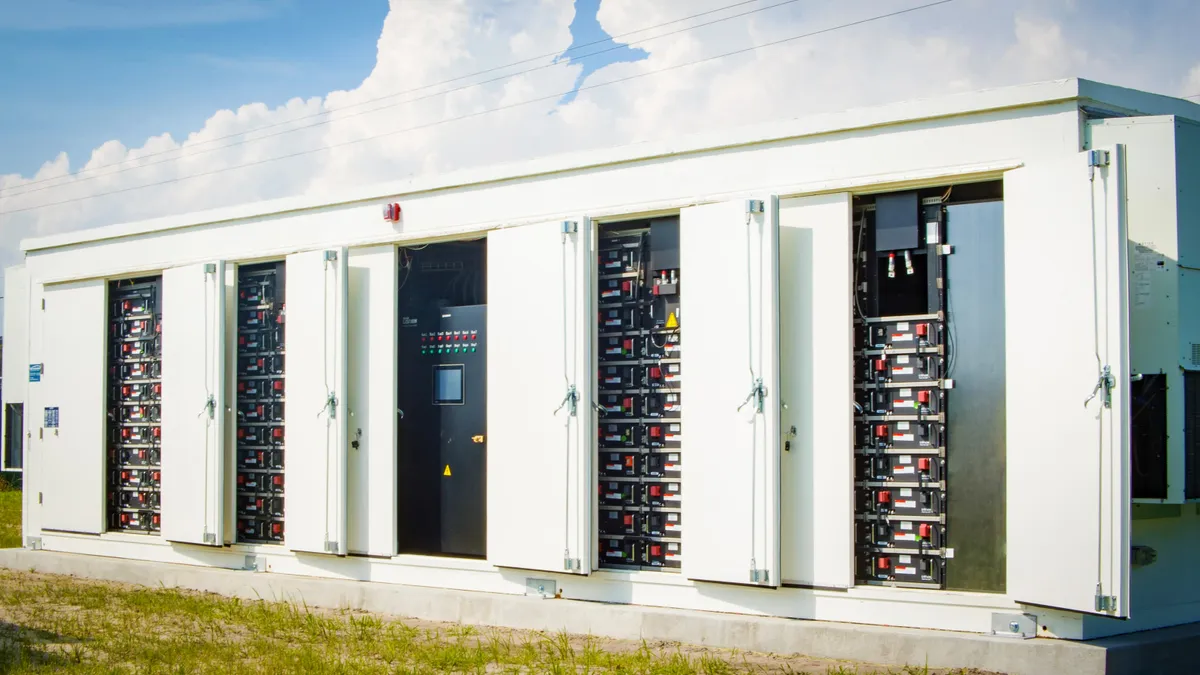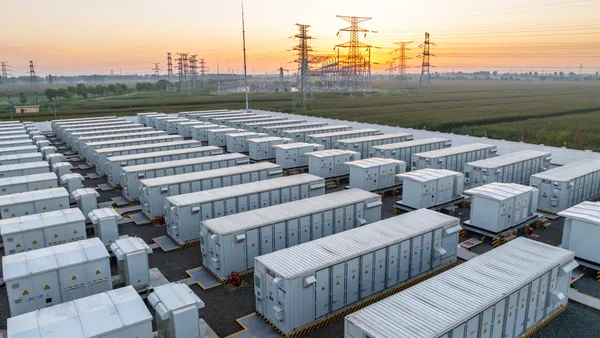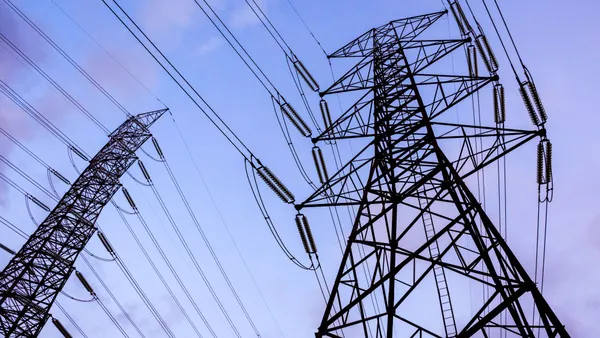Capacity and transmission costs in New England are rising; we are seeing the short term increases now and expect more significant increases in the longer term. Some New England states already lead the country in the highest electricity costs for consumers in the continental US. Most utilities are seeking higher rates as their costs to upgrade, operate, and maintain their systems continue to climb with inflation and significant load growth.
For years, Municipal Light Plants have maintained safe and reliable systems and kept rates significantly lower for their customers than those customers served by Investor-Owned Utilities (IOUs). However, those customers are seeing rate increases and proactive Light Plants and taking steps to mitigate the impact of rising costs.
In this article, we’ll explore why capacity and transmission costs in ISO New England have surged and how your utility can address these increases through strategies such as energy storage (typically in the form of battery storage) and solar photovoltaics (PV) systems.
Why are ISO-NE capacity and transmission costs so expensive?
In the most recent forward capacity auction (FCA 18), ISO New England experienced a notable price increase of about 79%, with the final clearing price rising to $3.58 per kW-month across all zones. This represents a rise from last year’s prices—around $2/kW-month. This increase reflects a shift in the energy mix, with clean energy resources now accounting for 40% of total capacity commitments and no coal plants clearing the auction. The next capacity auction (FCA19) isn’t expected until 2028 as ISO New England grapples with a major overhaul to a prompt (not three year forward) and seasonal design.
In the interim, what can we say about future capacity prices? Let’s look at other markets facing many similar challenges for comparison. PJM’s most recent results, for the 2025/26 delivery year, were priced at $269.92/MW-day for most of the territory—that’s 8X higher than the previous year. Similarly, MISO's latest auction results for the period starting June 2024 were $30/MW-day for the summer season and $34.10/MW-day for the spring season, reflecting a threefold increase from last year. Both markets attribute the price increases to a combination of load growth and insufficient new generation as older units retire.
As New England transitions toward cleaner energy sources, the phase-out of traditional fossil fuel generation is leading to a more complex energy landscape. Utilities must now be more proactive in mitigating rising capacity and transmission costs through strategic solutions like energy storage and efficiency measures.
As a result, New England is also experiencing a notable rise in transmission costs. For 2025, transmission RNS (Regional Network Service) rates are projected to increase around 20%, reflecting the investment required in that infrastructure to support the region's evolving deliverability and reliability needs. As the energy landscape continues to shift, continued transmission cost increases are expected, and further underscore the complexities and challenges faced by the market in balancing cost and reliability.
How battery storage and solar PV can lower your community’s energy costs
For utilities aiming to reduce capacity and transmission costs or hedge against future increases, energy storage (i.e. battery storage) is an optimal solution. As New England enters a transition period with many variables and a changing energy landscape, battery storage is critical to both limit cost increases and maintain reliability.
If you are looking to insulate your community against rising capacity and transmission costs, energy storage is an optimal solution. Often referred to as the “Swiss Army knife” of solutions, battery storage can not only shave capacity and transmission peaks but address system reliability and redundancy needs that may be unique to each municipality.
The features of a battery energy storage system include a small footprint, quiet and pollution-free operations, instantaneous response, and the ability to provide added local capacity during grid peaks, making it an ideal solution for utilities.
To meet the electric grid’s highest periods of consumption, also known as “peak demand,” utilities often rely on natural gas peaker plants, which can quickly ramp up production to meet the needs of the grid. These plants, however, are expensive and carbon intensive. Battery storage systems, on the other hand, produce no on-site greenhouse gas emissions, and may be deployed to augment peaking capacity or replace the need for peaking generation entirely! In addition, battery storage systems can help utilities avoid costly transmission and distribution system upgrades.
Battery energy storage is also increasingly being paired with solar photovoltaics (PV). Solar PV can reduce your capacity costs directly, and battery storage can maximize the value of the solar to the grid, storing solar-generated electricity for after the sun sets.
How to get started with energy storage
Convergent Energy and Power (Convergent), a leading developer of energy storage and solar PV across North America, owns, operates and maintains renewable energy systems on behalf of customers—determining the peak times to charge and discharge the batteries for optimal value creation.
Convergent has been in the energy storage industry since its infancy, more than a decade ago.
Throughout that time, they’ve gained experience and expertise, working closely with utilities throughout North America to take the hassle out of energy storage. It has never been easier to integrate energy storage into your organization and the time has never been better.
If you’re interested in learning more about how energy storage (with or without solar generation) can benefit your utility and community in the face of rising capacity and transmission prices, please contact the experts at Convergent today.










